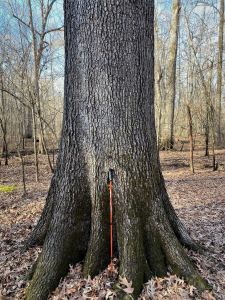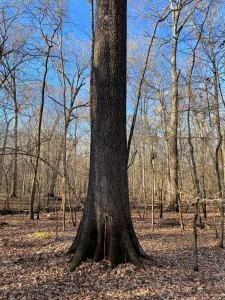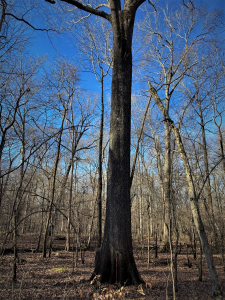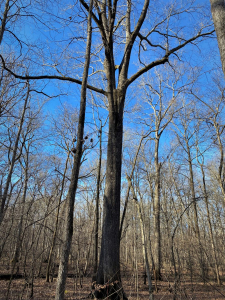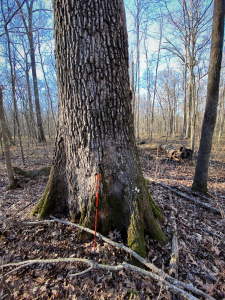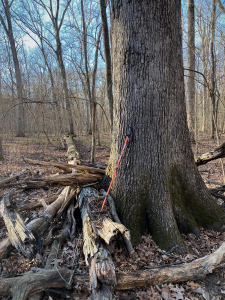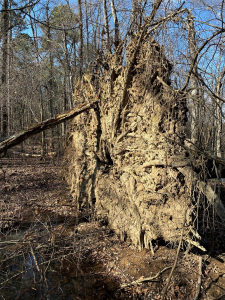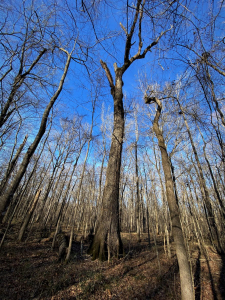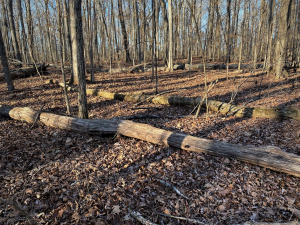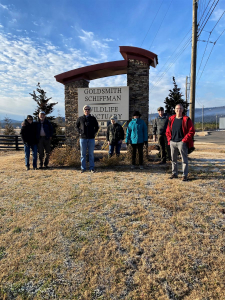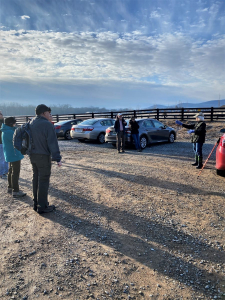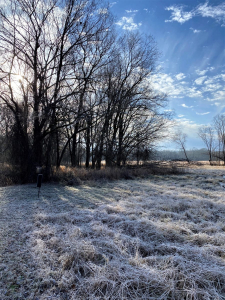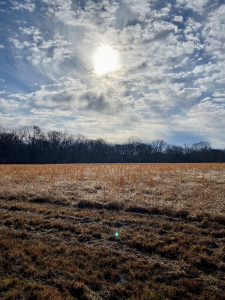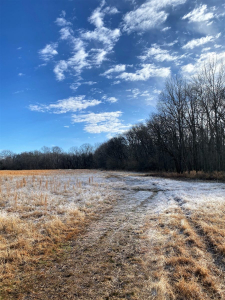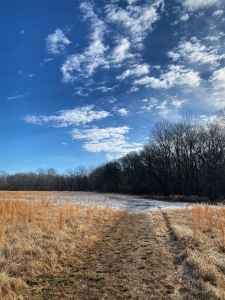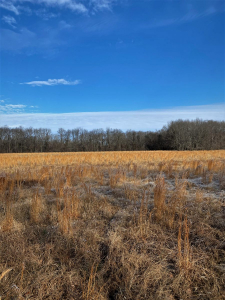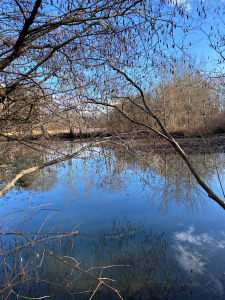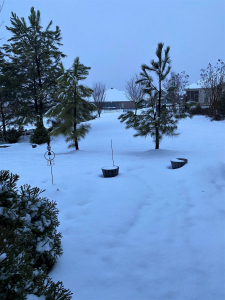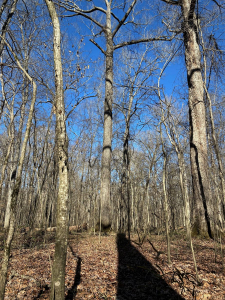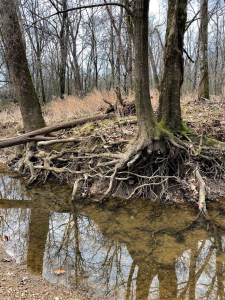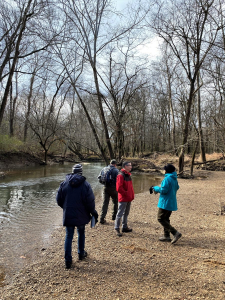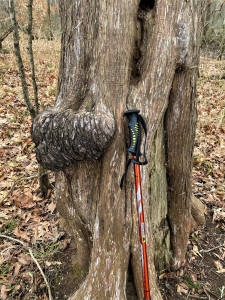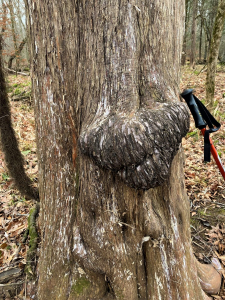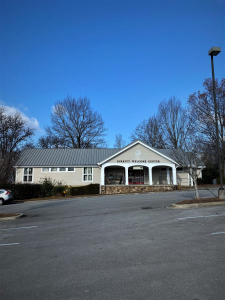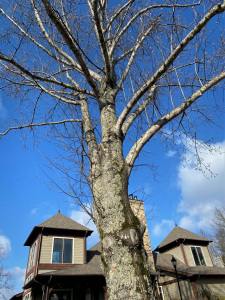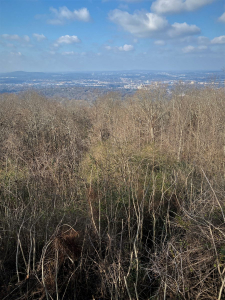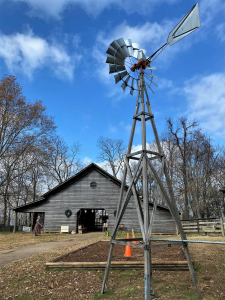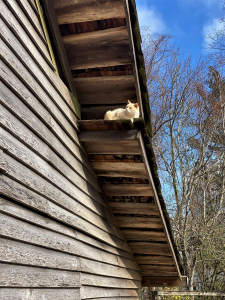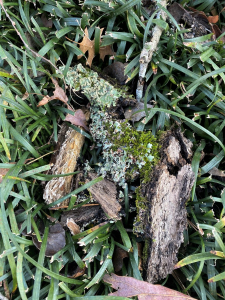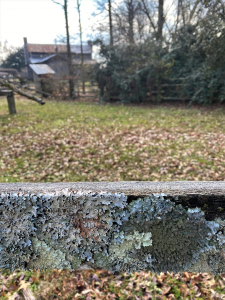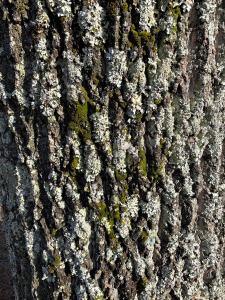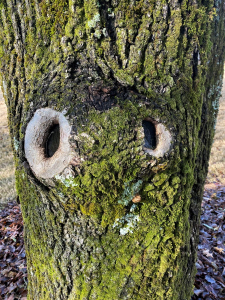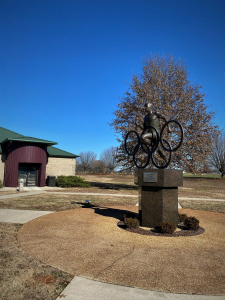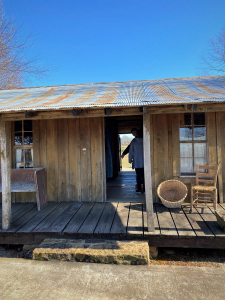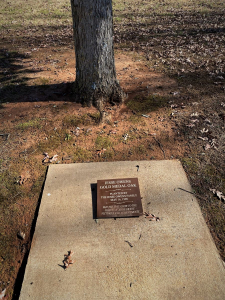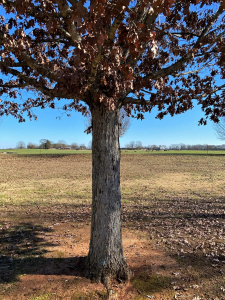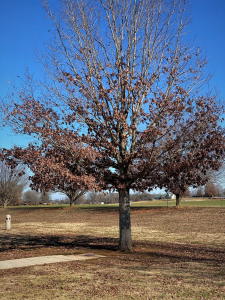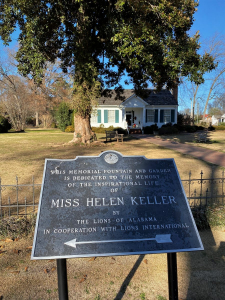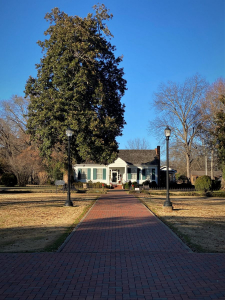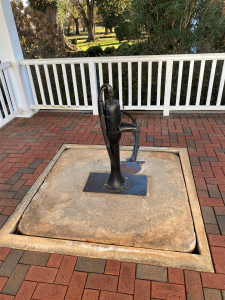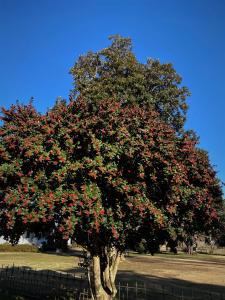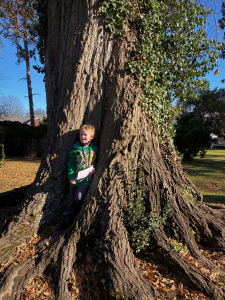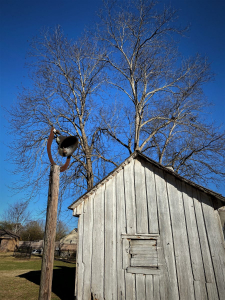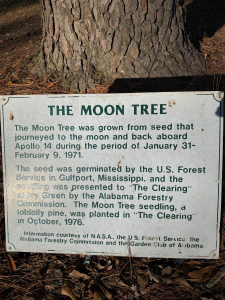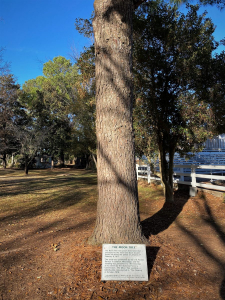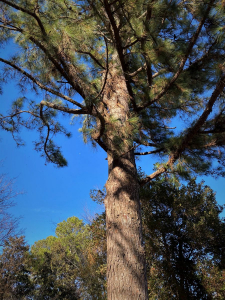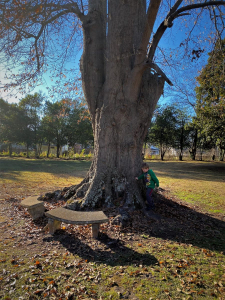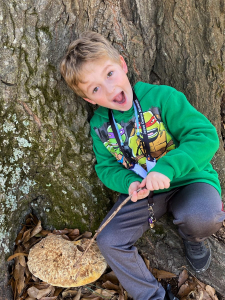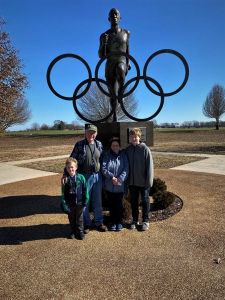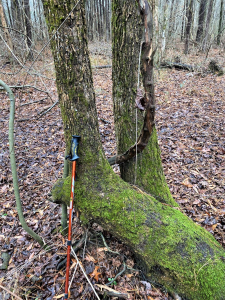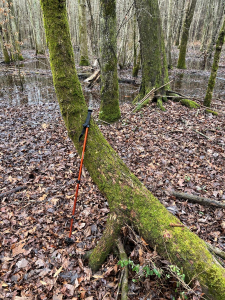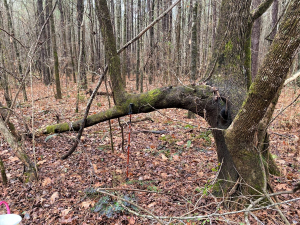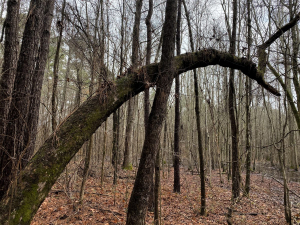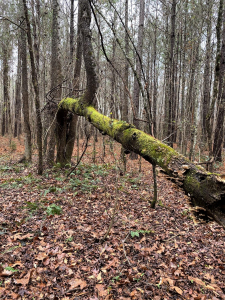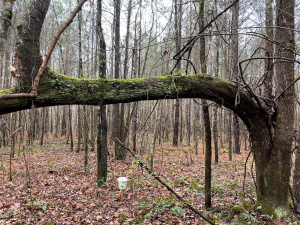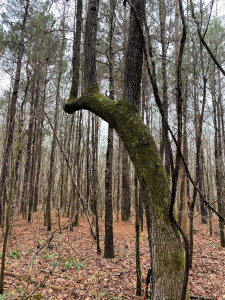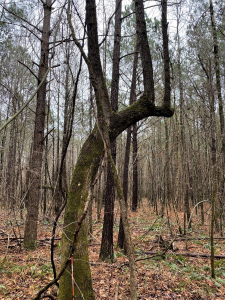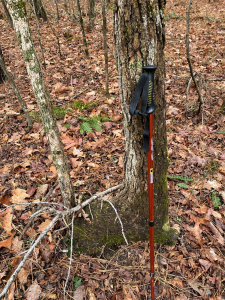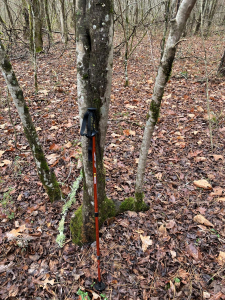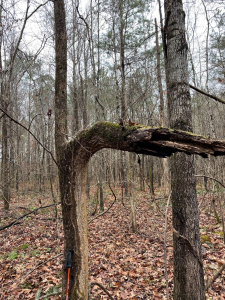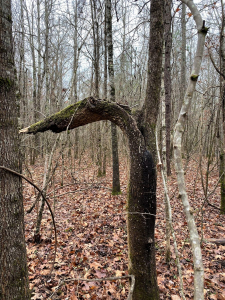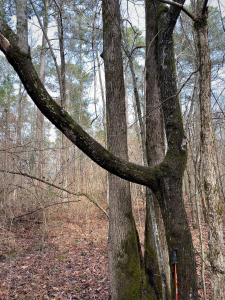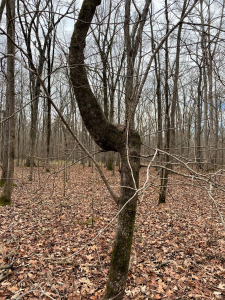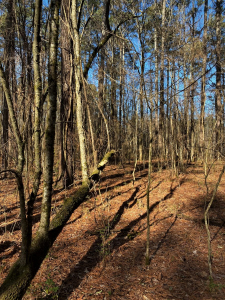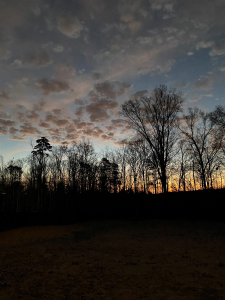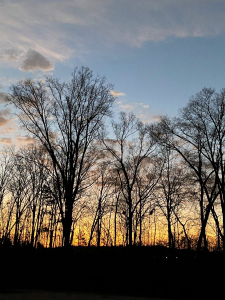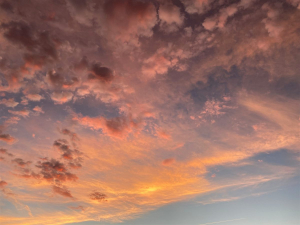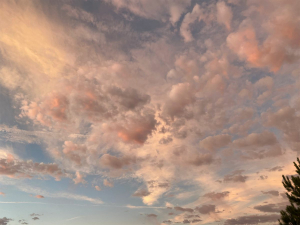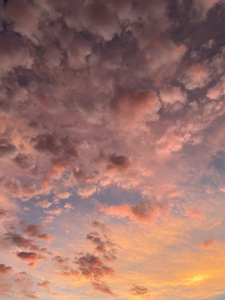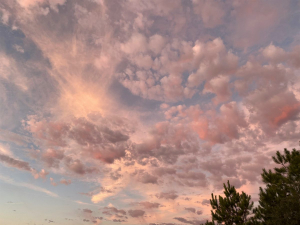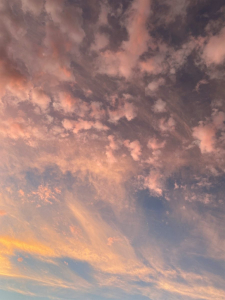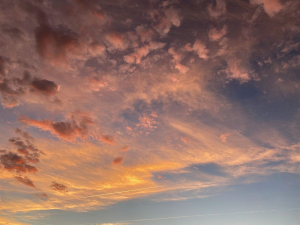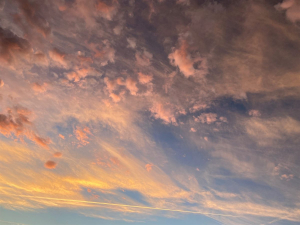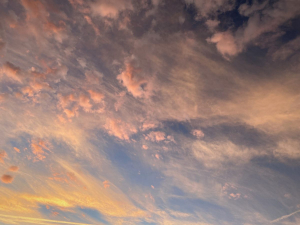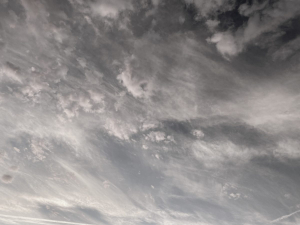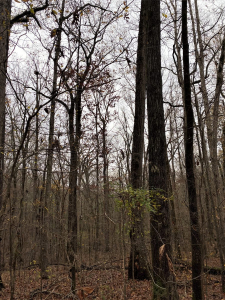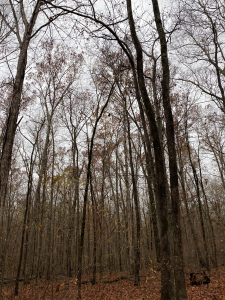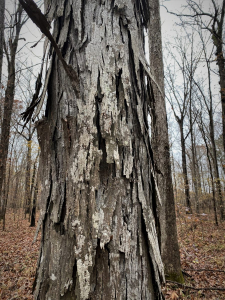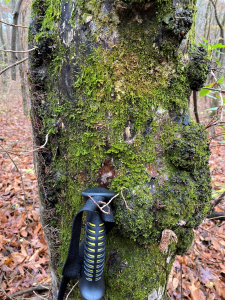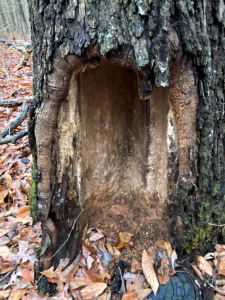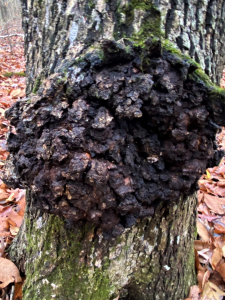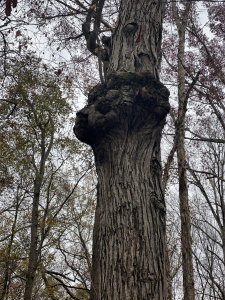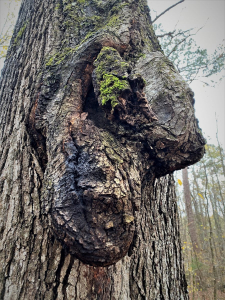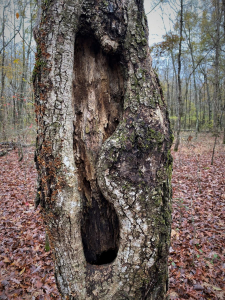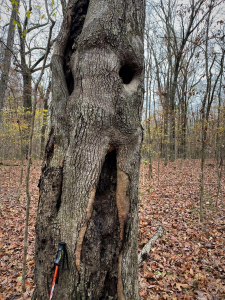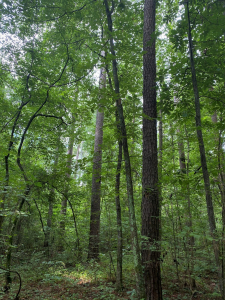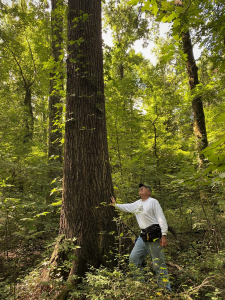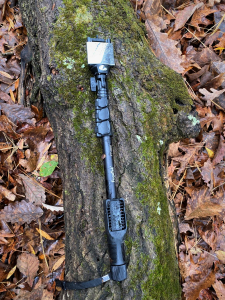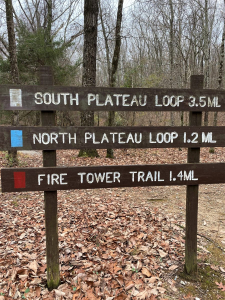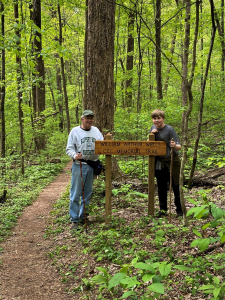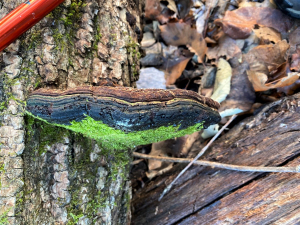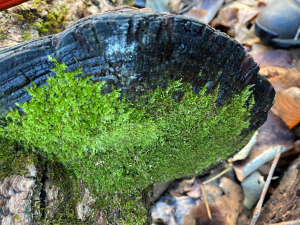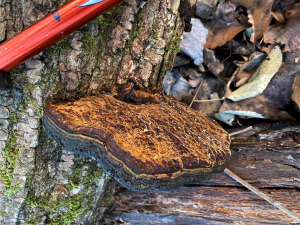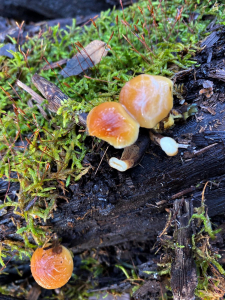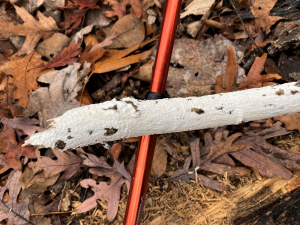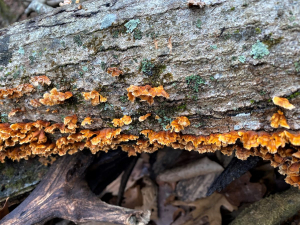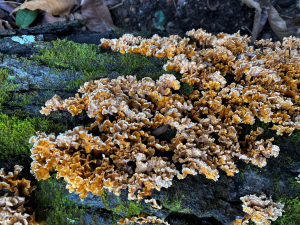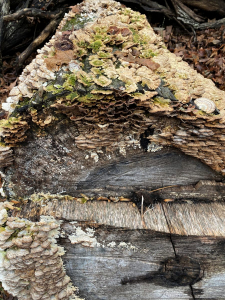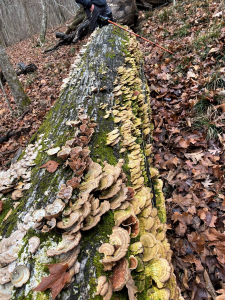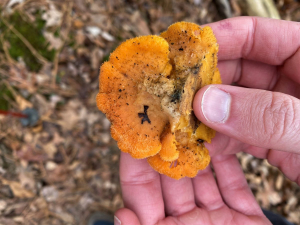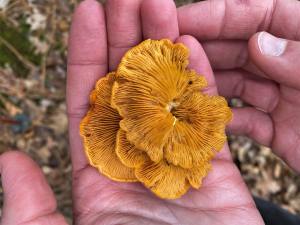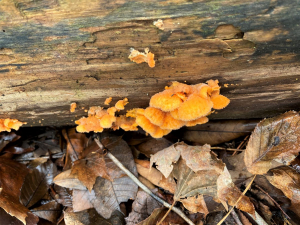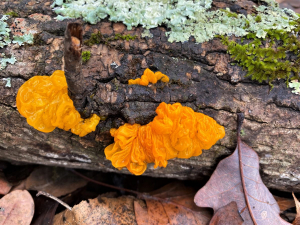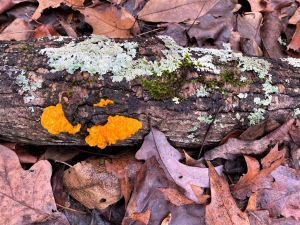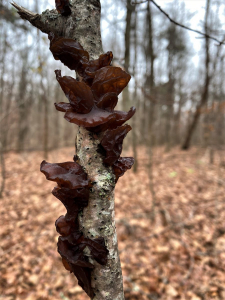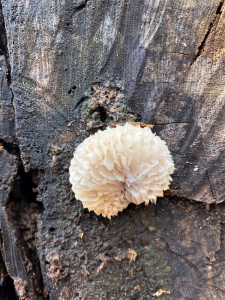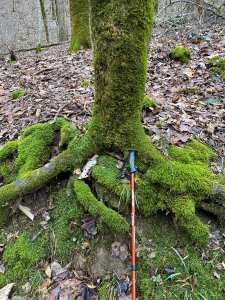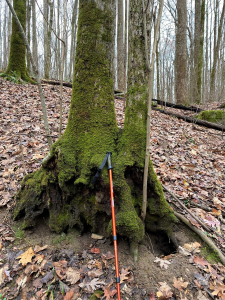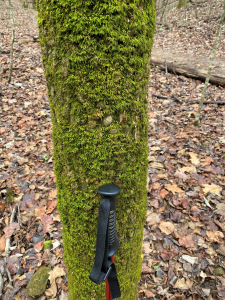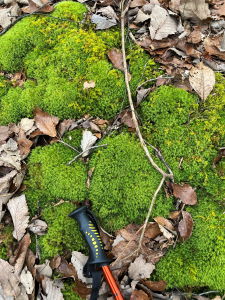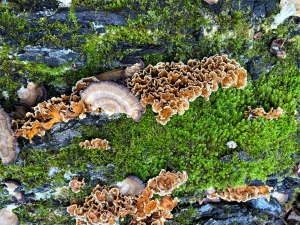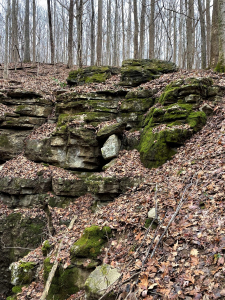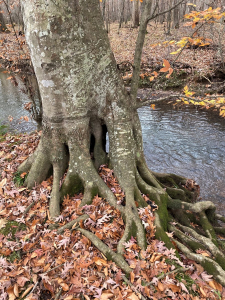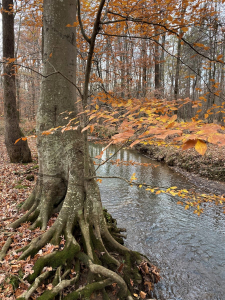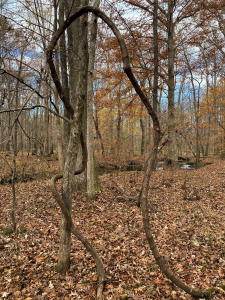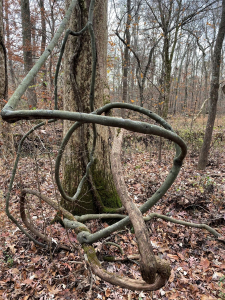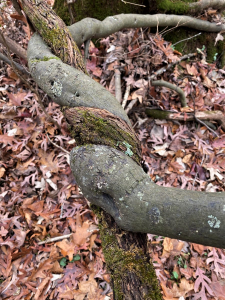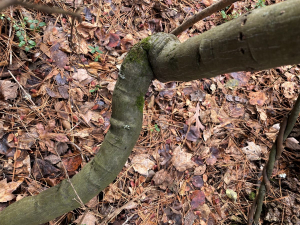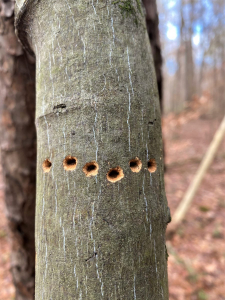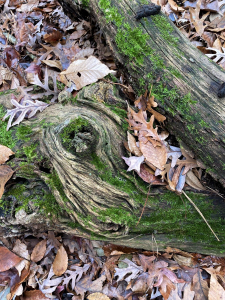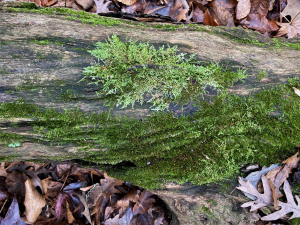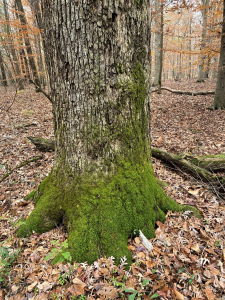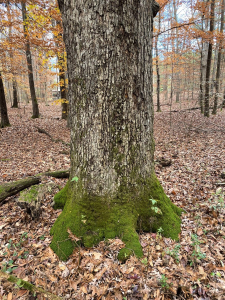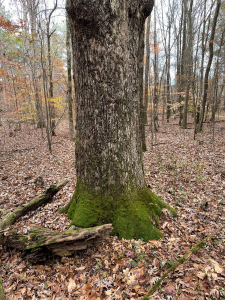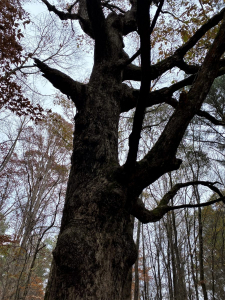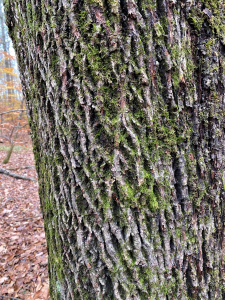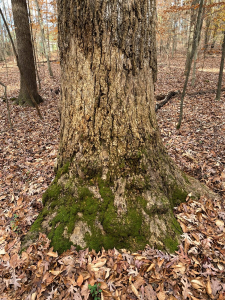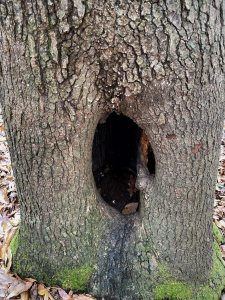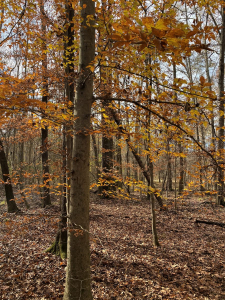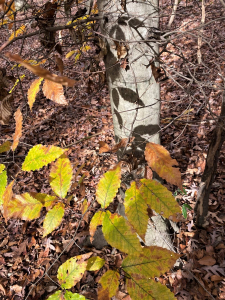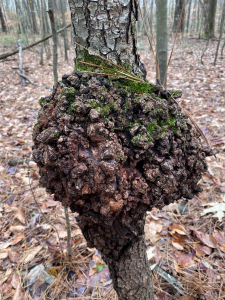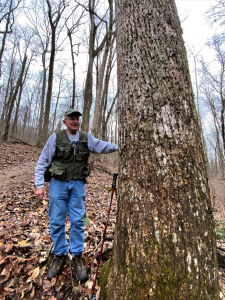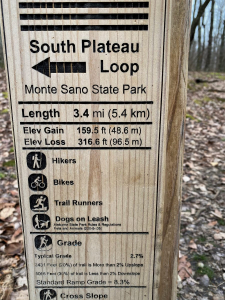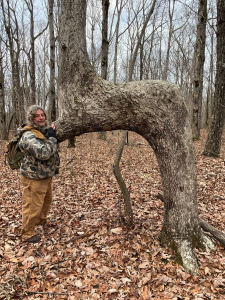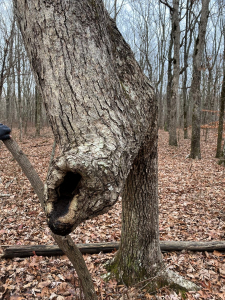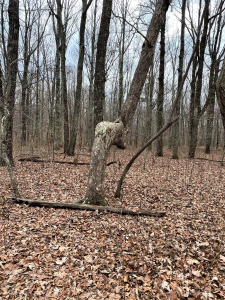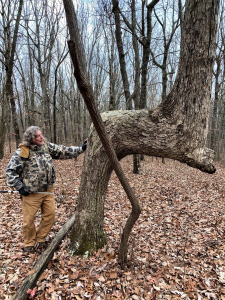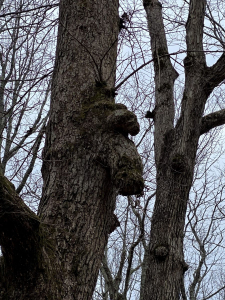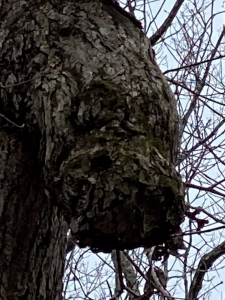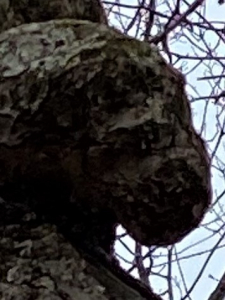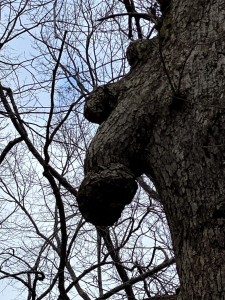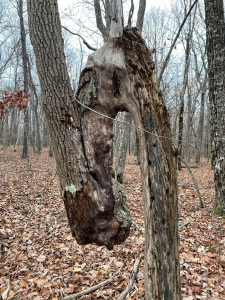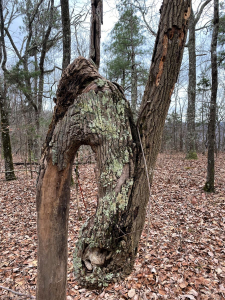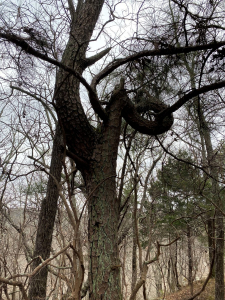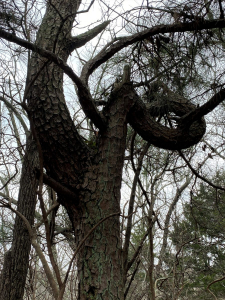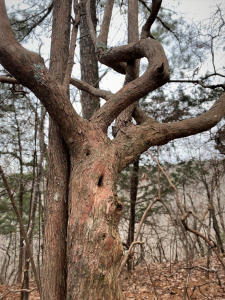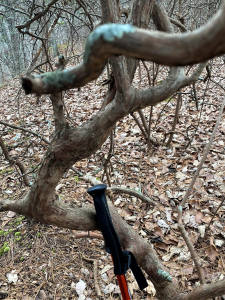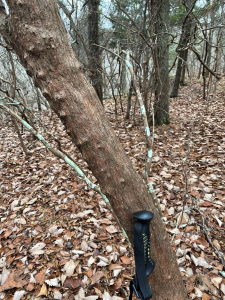Reflections on My Maturing Love Affair with Nature
Nature-Infatuation
The Weather Channel (TWC) prompted today’s Blog Post, having recently introduced a new tag line, imploring viewers to Get Into… The Out There! The Channel launched Sunday, May 2, 1982. I was then soon-to-celebrate my 31st birthday. I recall as a kid watching Channel 7, WMAL out of Washington D.C. The first on air “weatherman” I remember with clarity from my childhood is Louis Allen. I had long been addicted to weather, watching him on the six o’clock news talking about “the ducks are on the pond,” when conditions promised (threatened) a snowstorm. I vividly remember one winter evening when cameras rolled outside the studio as Mr. Allen shovelled “six inches of partly cloudy,” poking fun at his errant prior day forecast that did not include snow. Allen’s daily five-minute forecast highlighted many school-day evenings for me. What’s that you say? How boring could a boy’s life be! That takes me to another ad currently running on TWC. A calm male voice says, “Some people say talking about the weather is boring; I say not talking about the weather is boring.” I could not agree more.
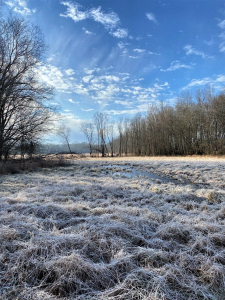
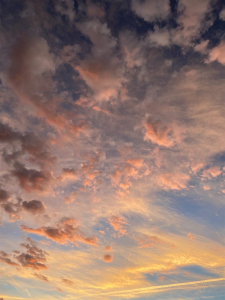
Purely and simply, I am addicted to weather… and to all of Nature. John Muir long ago captured my sentiment toward weather and Nature:
When we contemplate the whole globe as one great dewdrop, striped and dotted with continents and islands, flying through space with other stars all singing and shining together as one, the whole universe appears as an infinite storm of beauty.
I love the weather analogy applied to all of Nature… here on Earth and beyond. Muir’s wisdom captivated me from the git-go. How could anyone of my Nature-persuasion not be enveloped by this profound statement:
This grand show is eternal. It is always sunrise somewhere; the dew is never all dried at once; a shower is forever falling; vapor is ever rising. Eternal sunrise, eternal sunset, eternal dawn and gloaming, on sea and continents and islands, each in its turn, as the round earth rolls.
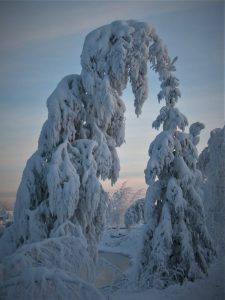
My love for Nature persisted across my five-decade career… and deepened when retirement freed me to focus intently on the object of my lifelong Nature-passion. Wildness lies so easily within reach here in northern Alabama, whether in my own backyard or while exploring the many trails, parks, preserves, refuges, or other protected wildness within 30-60 minutes. No matter where I travel — locally, regionally, across the US, or internationally — I seek ventures into nearby wildness. Pre-retirement, travel usually entailed demanding work-related meetings of one sort or another, tantalizing and torturing me with the wildness in plain sight with no time to explore. I no longer have time to not immerse in nearby wildness wherever I roam. Life is too short for additional regrets.
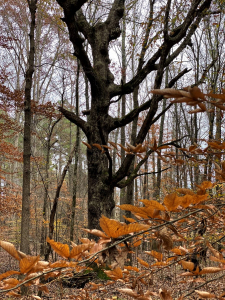
Late January 2021 through early February 2021 my Nature-inspiration multiplied in a manner I had not anticipated. This past fall (2020) my ophthalmologist informed me that I had developed cataracts. I write this paragraph the day following surgery on the second eye. This afternoon, Judy and I walked through our neighborhood. I observed tree branch geometry and detail I did not know existed. Exquisite patterns and intricate designs… not just a tree in winter silhouette, but a work of art. I hope the thrill of this enhanced vision-appreciation never diminishes. I agree wholeheartedly with Muir’s declaration of amazement. This grand Nature-show is eternal; the whole universe does indeed appear as an infinite storm of beauty!
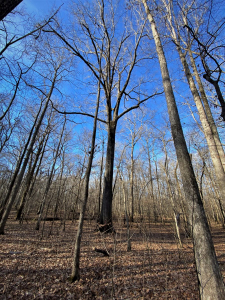
No need to imagine an oak silhouetted against an early March nautical dawn twilight. Just get out there at 5:40am and snap a photo!
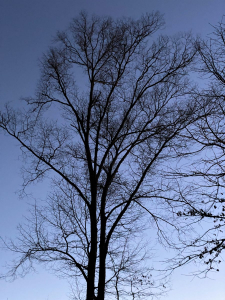
On Being Not Out of the Woods Yet
My deepening love affair spurs personal umbrage at a common saying. We often hear friends and newscasters comment regarding ailing relatives or celebrities, “He/she is not out of the woods yet,” as though being in the woods is something bad or ominous. I recall reading accounts of early European impressions of the New England forests: dark and foreboding; foul and repugnant; populated by terrifying beasts. Okay, from that perspective, being out of the woods might be a good thing. Instead, I’ll lean toward Muir’s take on the forests through which he roamed:
Going to the woods is going home.
And into the forest I go, to lose my mind and find my soul.
Between every two pines is a doorway to a new world.
The clearest way into the Universe is through a forest wilderness.
Henry David Thoreau expressed a similar attitude toward forest wildness:
I went to the woods because I wished to live deliberately, to front only the essential facts of life, and see if I could not learn what it had to teach, and not, when I came to die, discover that I had not lived.
And, today’s Weather Channel tag line concurs:
Get Into… The Out There!
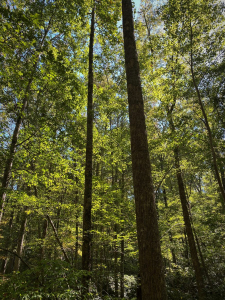
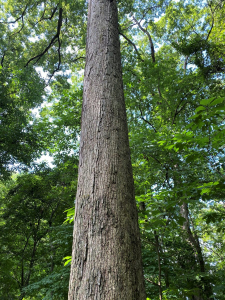
I hope never to be out of the woods. Nature’s woodland elixir salves my body, mind, heart, soul, and spirit.
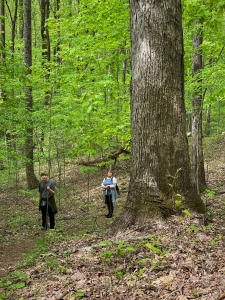
Every time I venture into the forest I find more than I sought!
The Soul of Nature — My sacred Connection
My love affair with Nature runs deeper than the aesthetic and scientific. I have strong sacred and spiritual connections to wildness, symbolized by the Chapel of the Transfiguration within Grand Teton National Park.
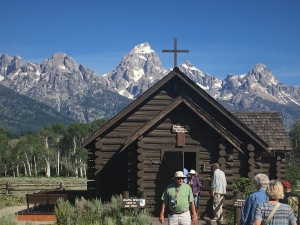
And what Nature-enthusiast could not sense the presence of God in such a glorious dawning!

Or embrace the awe of sitting atop even one of our minor southern Appalachian ridge tops at Oak Mountain State Park. Not rivaling even the least of our Rocky Mountain peaks, King’s Chair (below) is what I have here in Alabama. I seek to unveil Nature’s beauty, magic, wonder, and Awe wherever I am.
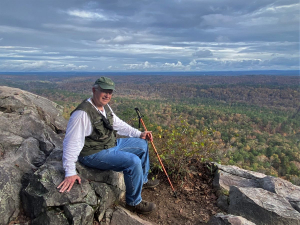
And, no matter where I am, I glory in big trees. This white oak stands in a cathedral grove within Monte Sano State Park.

Nature delivers so much more than I seek. May you find whatever you seek… wherever you look. John Muir made no bones about it:
In every walk with Nature one receives far more than he seeks.
Thoughts and Reflections
I offer three observations relevant to my maturing love affair with Nature:
- Get Into… The Out There!
- In every walk with Nature one receives far more than he seeks.
- Muir — the whole universe appears as an infinite storm of beauty.
Inhale and absorb Nature’s elixir. May Nature Inspire, Inform, and Reward you!
Note: All blog post images created & photographed by Stephen B. Jones unless otherwise noted. Please circulate images with photo credit: “©2021 Steve Jones, Great Blue Heron LLC. All Rights Reserved.”
Another Note: If you came to this post via a Facebook posting or by an another route, please sign up now (no cost… no obligation) to receive my Blog Post email alerts: http://eepurl.com/cKLJdL
And a Third: I am available for Nature-Inspired Speaking, Writing, and Consulting — contact me at steve.jones.0524@gmail.com
Reminder of my Personal and Professional Purpose, Passion, and Cause
If only more of us viewed our precious environment through the filters I employ. If only my mission and vision could be multiplied untold orders of magnitude:
Mission: Employ writing and speaking to educate, inspire, and enable readers and listeners to understand, appreciate, and enjoy Nature… and accept and practice Earth Stewardship.
Vision:
- People of all ages will pay greater attention to and engage more regularly with Nature… and will accept and practice informed and responsible Earth Stewardship.
- They will see their relationship to our natural world with new eyes… and will understand more clearly their Earth home.
Tagline/Motto: Steve (Great Blue Heron) encourages and seeks a better tomorrow through Nature-Inspired Living!
Steve’s Three Books
I wrote my books Nature Based Leadership (2016), Nature-Inspired Learning and Leading (2017), and Weaned Seals and Snowy Summits: Stories of Passion for Place and Everyday Nature (2019; co-authored with Dr. Jennifer Wilhoit) to encourage all citizens to recognize and appreciate that every lesson for living, learning, serving, and leading is either written indelibly in or is powerfully inspired by Nature.
I began writing books and Posts for several reasons:
- I love hiking and exploring in Nature
- I see images I want to (and do) capture with my trusty iPhone camera
- I enjoy explaining those images — an educator at heart
- I don’t play golf!
- I actually do love writing — it’s the hobby I never needed when my career consumed me
- Judy suggested my writing is in large measure my legacy to our two kids, our five grand kids, and all the unborn generations beyond
- And finally, perhaps my books and Blogs could reach beyond family and touch a few other lives… sow some seeds for the future

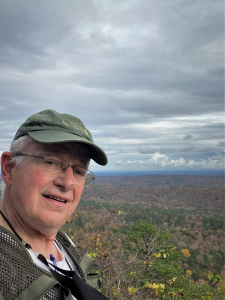
All three of my books (Nature Based Leadership; Nature-Inspired Learning and Leading; Weaned Seals and Snowy Summits) present compilations of personal experiences expressing my (and co-author Dr. Wilhoit for Weaned Seals and Snowy Summits) deep passion for Nature. All three books offer observations and reflections on my relationship to the natural world… and the broader implications for society. Order any and all from your local indie bookstore, or find them on IndieBound or other online sources such as Amazon and LifeRich.

